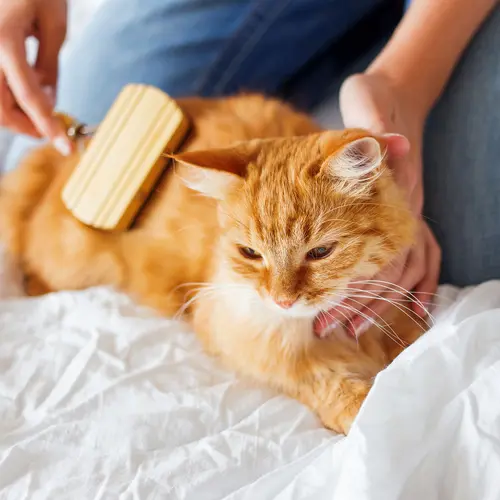Those stiff hairs on your cat’s face and legs don’t just add to their cuteness -- they have real work to do. Whiskers are GPS and radar systems for your cat.
“They are a powerful and important part of how a cat senses the world,” says W. Mark Cousins, DVM, the founder of a veterinary clinic in New Orleans.
How They Work
Each thick whisker is filled with tiny, supersensitive nerves that help your cat judge distance and space. It’s how they make decisions like: Is this box too small to get inside? How far do I need to jump to reach that counter?
It’s also how they detect what’s around them. “Cats that are blind can navigate rooms very well by just walking around and letting their whiskers get a sense of where they are spatially,” Cousins says.
The follicles -- the sacs that hold the hairs -- are deep, with lots of nerve endings that send messages to the cat’s brain.
There’s also a sensory organ at the tip of each whisker. It picks up vibrations in the environment that help the cat sense where they are and what other creatures are around them.
Most whiskers are rooted in the thick pads on the upper lip, but smaller sets are in the eyebrow area, along the chin, and near the feet.
The ones on the sides of the nose are the same width as your cat’s body; they help them figure out whether a space is wide enough to squeeze through.
Whiskers on the back of the legs help your cat climb trees.
What’s Your Cat’s Mood? Watch Their Whiskers
A complex set of muscles on the face moves whiskers back and forth.
The way a cat arranges them will tell another animal -- or us humans -- how they are feeling. When a cat is relaxed, their whiskers will remain still, sticking straight out from the side of their head. If they are curious or are on the hunt, they’ll press them slightly forward. Cats that are nervous or upset will pin the whiskers back toward the face.
Whiskers Don’t Need Trimming!
Like other hairs on a cat’s body, whiskers shed. That’s normal. But you should never trim them.
A cat with cut whiskers will become disoriented and scared.
“If you cut them, that’s like blindfolding someone, taking away one of their ways of identifying what’s in their environment,” says veterinarian Jane Brunt.

